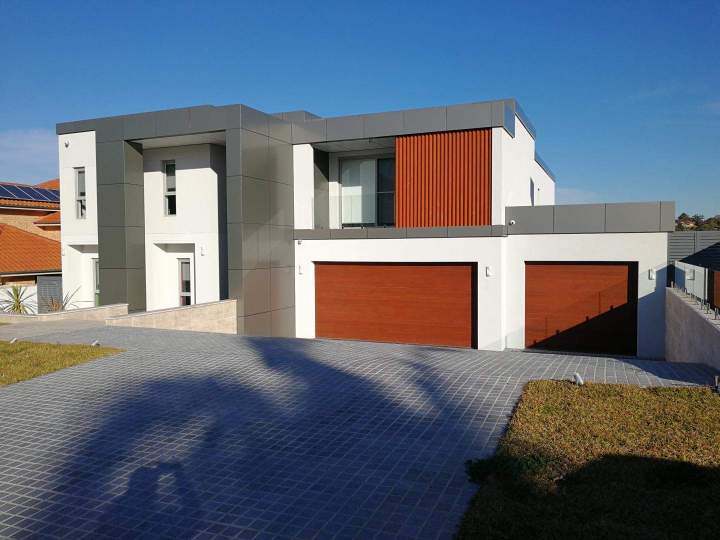How Do Alucobond Panels Compare To Solid Aluminum Cladding?

Alucobond panels and solid aluminum cladding are both excellent choices for modern facades. While both are durable metals, they differ significantly in their composition, fabrication, and overall performance, impacting cost and design versatility.
Composition and Fabrication: The Core Difference
The primary distinction between Alucobond panels and solid aluminum cladding lies in their composition. Solid aluminum cladding is, as the name suggests, a single sheet of aluminum, typically 3mm or more thick. It is a monolithic material, meaning it is uniform throughout. This makes it incredibly strong and durable, but it also has certain limitations. For instance, solid aluminum can be heavy, making it more challenging to handle and install on large projects. It can also be more prone to thermal expansion and contraction, which can lead to warping or buckling if not properly accounted for in the installation system.
Alucobond, on the other hand, is a composite material consisting of two thin aluminum sheets bonded to a non-aluminum core. This layered structure gives it a superior strength-to-weight ratio; an Alucobond panel is significantly lighter than a solid aluminum sheet of the same rigidity. This makes it easier to transport and install, reducing labor costs. Furthermore, the composite structure makes Alucobond exceptionally flat and rigid, resisting the rippling and oil-canning effect that can sometimes occur with solid aluminum. The team at TD Cladding Supplies Pty Ltd understands these core differences and can help clients select the right material for their specific project needs.
Design Versatility and Cost Considerations
When it comes to design and cost, Alucobond panels offer significant advantages over solid aluminum cladding. Because of its composite nature, Alucobond is incredibly easy to fabricate. It can be routed and folded to create sharp, precise corners and intricate shapes with minimal effort. This process, known as V-grooving, allows for a high degree of architectural creativity and customization without the need for complex and costly welding or bending processes required for solid aluminum. This makes Alucobond the preferred choice for complex designs, curved facades, and modern, geometric patterns. Solid aluminum, while durable, is more difficult to shape and bend, limiting its design versatility and often requiring specialized machinery.
From a cost perspective, Alucobond panels are generally more budget-friendly than solid aluminum. The manufacturing process uses less raw aluminum, which keeps the cost down. While the initial material cost of solid aluminum may be higher, the fabrication and installation costs can also be substantially greater due to its weight and rigidity. Therefore, for most large-scale projects, Alucobond provides a more economical solution without compromising on a high-quality finish and performance. For both its design flexibility and cost-effectiveness, the expert team at TD Cladding Supplies Pty Ltd often recommends Alucobond for a wide range of architectural applications.